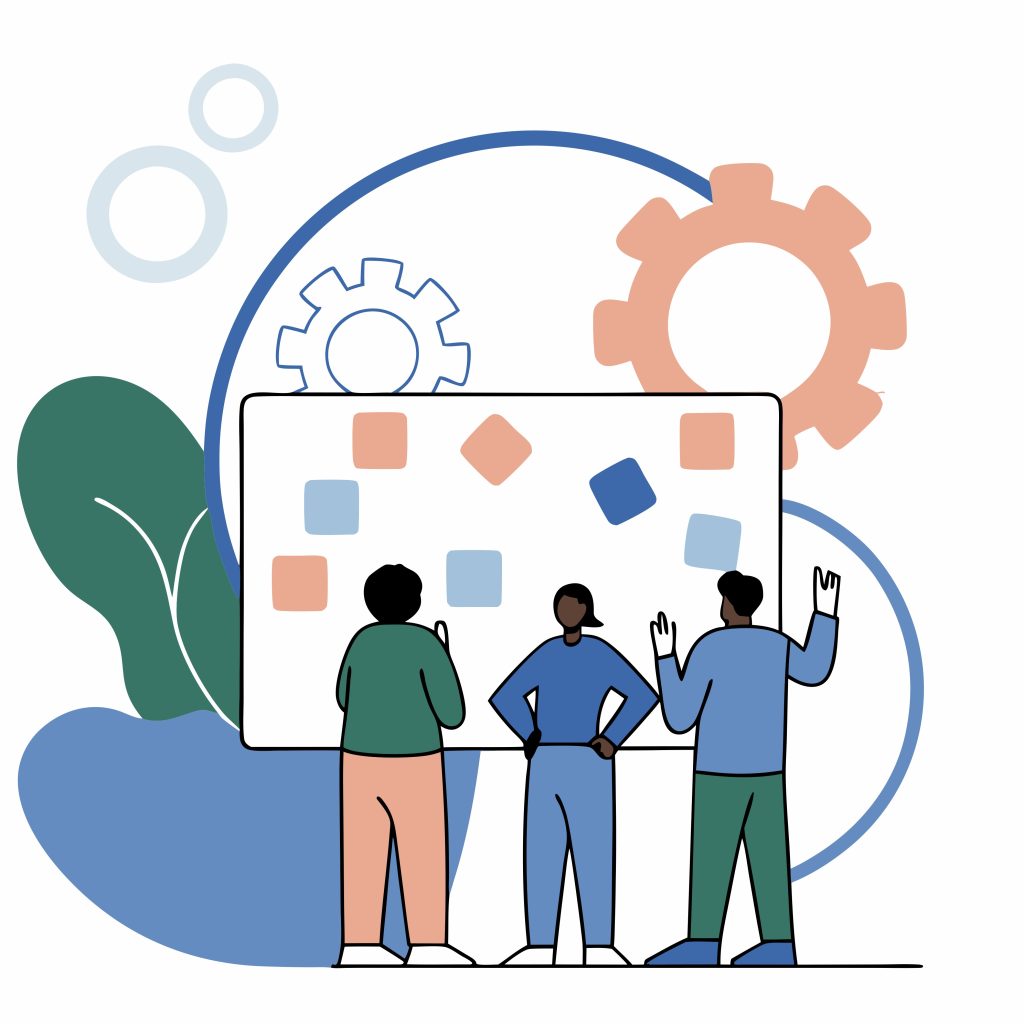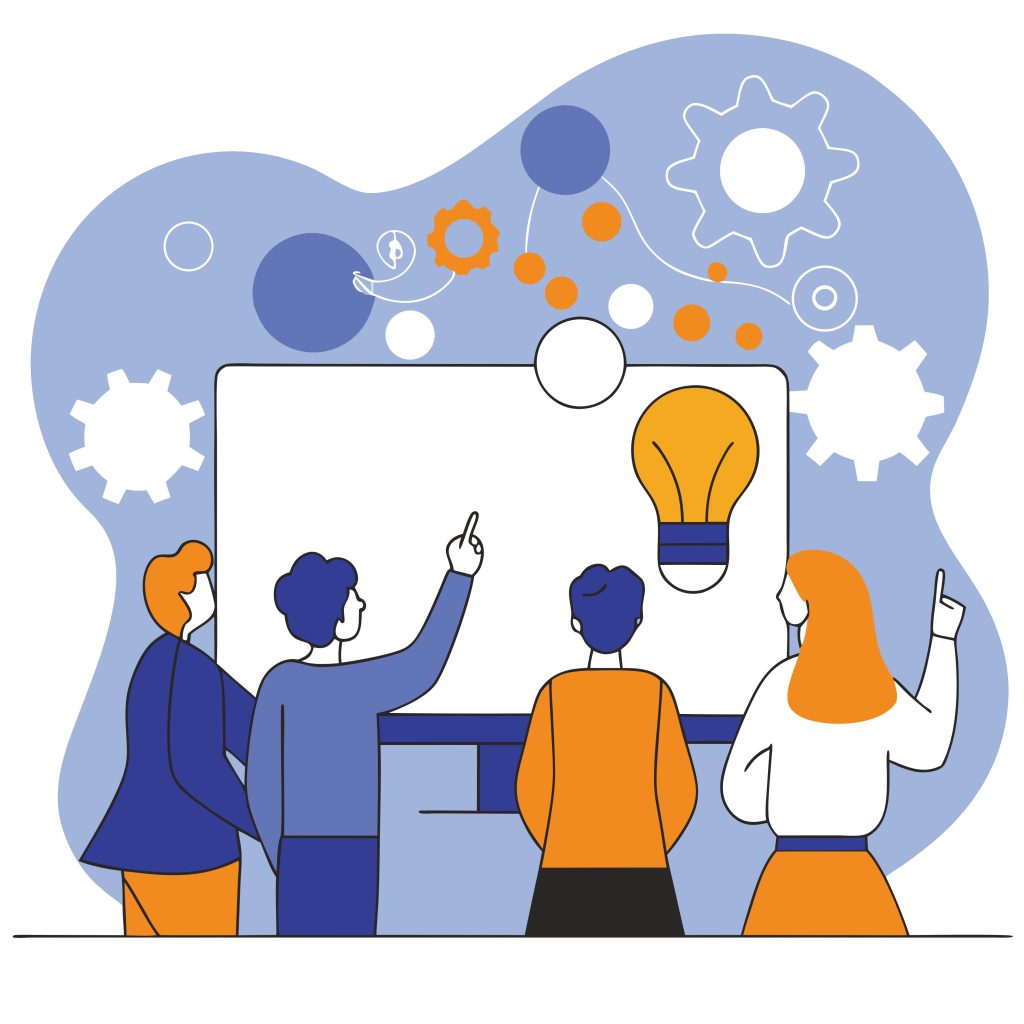Karthi is a product owner with a large financial organization. He took over as the product owner for the product twelve months ago. He found that most of the projects would fall under two main buckets of work – Technical upgrade type of work or regular maintenance or small enhancements. While most of these changes were complex, as a product owner he found it easy to navigate by using a simple prioritization model. There was always a balance that he was able to negotiate with technical upgrades and the critical enhancements. This was also due to the team that has newly formed and their knowledge was clearly getting deeper with each release.
Now he’s got a bigger challenge on sunsetting an older product and move the users (5000+) to his product. This migration like project was nick named “Forever Migration” as this was a migration that has had several stops and starts in the past.
He has heard a lot of design thinking and Karthi realized that the reason for many past failures was unable to take smaller steps rather than one bigger ones. Now his challenge is using Design Thinking, what should be his immediate steps? What tools can he use to not only create the same understanding of scope but also carve out a realistic and viable roadmap?
Suggested Solution:
Some of the steps taken up by Karthi were
1. Created the personas or actors in the older system: When they started to understand the personas it was not easy to find as the original technology teams were not around to create interviews. They went in a different route by using the system’s authorization and auditing model to get a view of all the actors.
2. Creation of Problem Definition – When the “Forever Migration” was the mental model, the teams as well as the management were disillusioned. They felt that this was a huge problem to be resolved and was wondering how they can go about creating a roadmap. After reviewing the user data, they came up with the model of moving the personas rather than feature by feature.
3. Prototype the Persona Migration – To test this persona based migration, they wanted to create a proof of concept rather than assuming that it would work. For this, Karthi reviewed the user personas and mapped the high level features that they are using based on the system authorization. Armed with that information and doing interviews with actual users, they decided with a pilot user persona who can validate the model
4. Enacting the plan – Once the pilot user persona group was decided, user stories were created and team went about the execution. To the pleasant surprise to all the stakeholders, the first set of users belonging to the pilot personas were migrated with no glitch at all. While this migration was happening, the next set of features required for the next personas were developed and tested
This model would have worked very different prior to design thinking models. The usual feature based model used would have taken longer and taken more time to completely migrate the users. With the user centric migration, ‘Forever Migration’ was completed within 6 months, initial set of users migrated within 2 months!
What are the possible solutions that you had?





